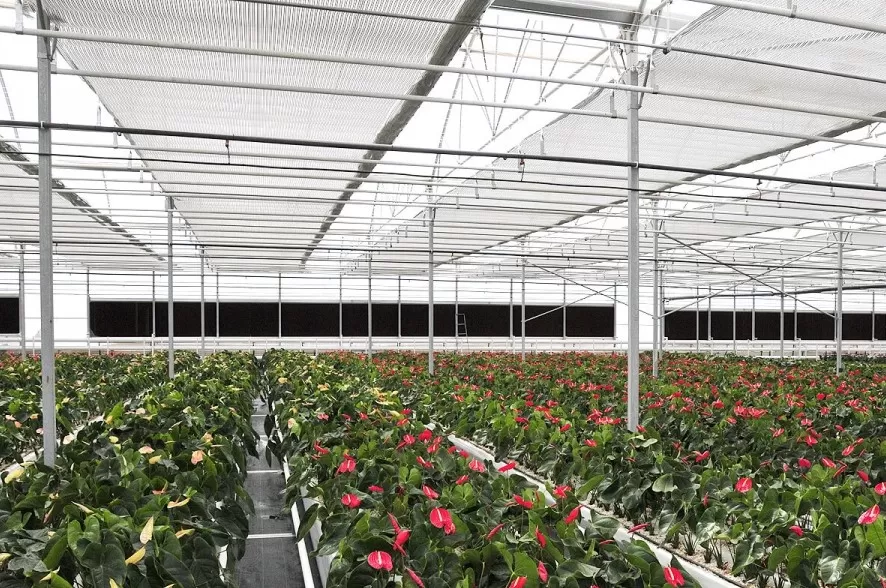
How to Achieve Optimal Efficiency with Greenhouse Cooling Pads
Maintaining proper temperature control in greenhouse environments is crucial for preserving plant health and ensuring efficient production. This is where greenhouse cooling pads come into play, providing the ideal temperature balance to allow plants to thrive under optimal conditions. However, to ensure that this system operates at peak performance, several key factors must be considered.
To achieve optimal efficiency with greenhouse cooling pads, it is essential to ensure their correct placement and to regularly clean the pads. Dust, dirt, or organic materials that accumulate on the pads can significantly reduce the system's effectiveness. Therefore, regular cleaning should be performed to prevent blockages and maintain optimal airflow.
Additionally, the water circulation system of the greenhouse cooling system should be carefully monitored. If water flow is not maintained at an adequate level, the pads may fail to provide sufficient cooling, which can negatively affect plant growth. Especially during hot summer months, ensuring proper water circulation is vital. Moreover, the quality of the water used is also important. Using hard or dirty water can shorten the lifespan of the greenhouse cooling pads and reduce their performance.
Energy efficiency is another critical aspect of achieving optimal performance with greenhouse cooling pads. In large greenhouses, energy costs can become a significant burden. Therefore, the system should be operated in a way that maximizes energy savings. Utilizing automatic control systems to maintain optimal temperature and humidity levels can help in reducing energy consumption.
Lastly, to ensure the longevity of the greenhouse cooling pads, regular maintenance should be conducted, and worn or damaged components should be replaced promptly. Neglecting maintenance can result in insufficient cooling, which will have adverse effects on plant health.
In conclusion, when greenhouse cooling pads are used correctly and maintained regularly, it is possible to achieve maximum efficiency in greenhouses, contributing to both plant health and overall productivity.



